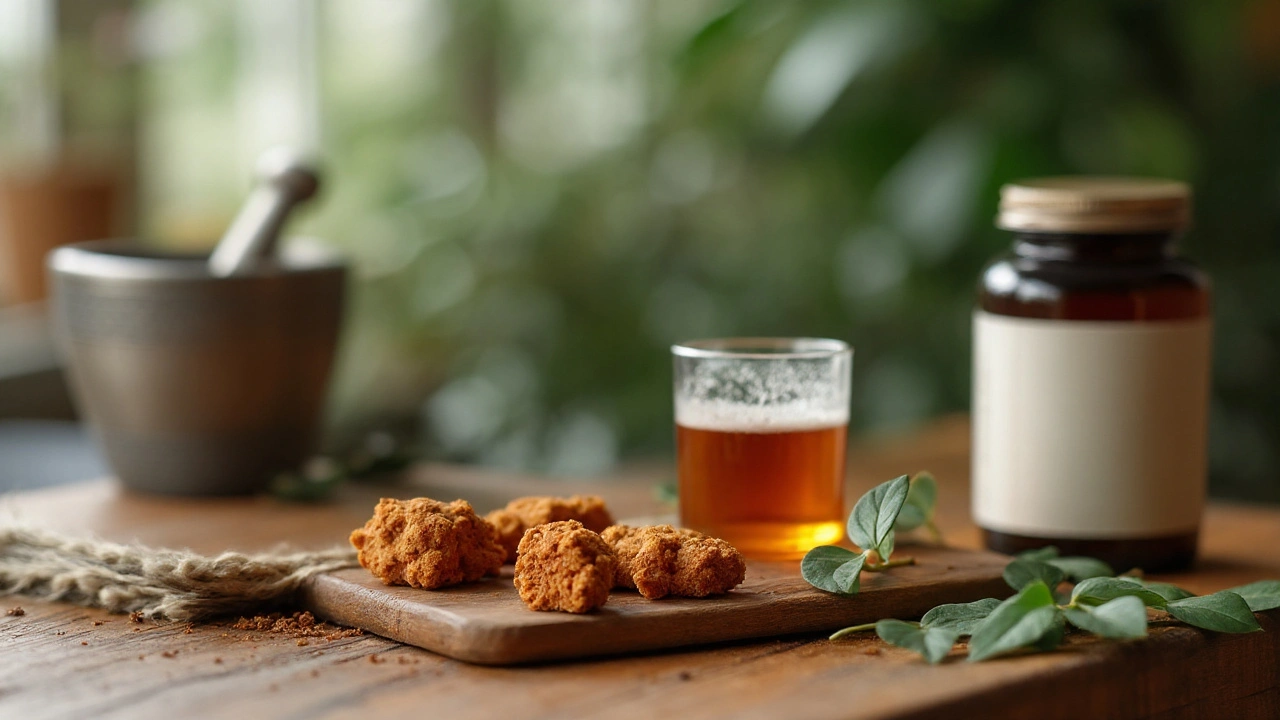Saponins: What They Are and Why You Might Care
Ever noticed a foamy wash when you clean vegetables? That’s saponin at work. These are natural surfactants found in many plants, and they give a soap‑like feel. But beyond bubbles, saponins have real effects on the body – from supporting cholesterol balance to helping the immune system.
Where Saponins Hide
You’ll find them in foods you already eat: beans, quinoa, oats, and even some herbs like licorice and ginseng. Tea leaves, especially green tea, contain a decent amount too. If you love plant‑based meals, chances are you’re already getting a dose of saponins without thinking about it.
For those who want more, supplements often use extracts from Quillaja saponaria (the soapbark tree) or Avena sativa (oat). These extracts are standardized so you know how much active compound you’re taking.
Health Perks You Can Use Today
Saponins can lower bad cholesterol by binding to bile acids and helping the liver flush them out. A few studies show that regular intake may improve blood sugar control, which is useful if you watch your glucose levels.
They also act as mild immune boosters. The foam they create can help the gut lining stay healthy, allowing better nutrient absorption. Some athletes take saponin‑rich extracts to reduce inflammation after tough workouts.
When it comes to weight management, saponins may curb appetite a bit by slowing down how quickly carbs break down. It’s not a miracle powder, but combined with a balanced diet it can give you an edge.
How to Add Saponins Safely
If you’re eating whole foods, just keep those beans, lentils, and oats on your plate. Soak beans before cooking – this reduces bitterness and makes the saponins easier on digestion.
For supplements, start low: 300‑500 mg of a standardized extract per day is enough for most people. Take it with meals to avoid stomach upset. If you’re pregnant, nursing, or on medication, check with a pharmacist first – saponins can interact with blood thinners.
Don’t overdo it. Very high doses may irritate the gut or lower nutrient absorption too much. Stick to product directions and listen to how your body feels.
Quick FAQ
- Can I get saponins from tea? Yes, especially green and black tea. Brew a strong cup for the best hit.
- Are saponins safe for kids? Small amounts in foods are fine, but supplements should be avoided unless a doctor says otherwise.
- Do saponins help with skin? Their soap‑like nature makes them good cleansers. Some natural soaps use saponin extracts for gentle cleaning.
Bottom line: saponins are everywhere in plant foods and can give you modest health boosts when used sensibly. Keep an eye on your diet, consider a low‑dose supplement if needed, and enjoy the extra benefit of that natural “soap” working quietly inside you.
Quillaia Supplement Guide 2025: Benefits, Risks, Dosage, and Real Results

Curious about quillaia? Here’s a clear, evidence-based guide to benefits, risks, dosage, and how to buy it smart in 2025-without hype or guesswork.
read more



